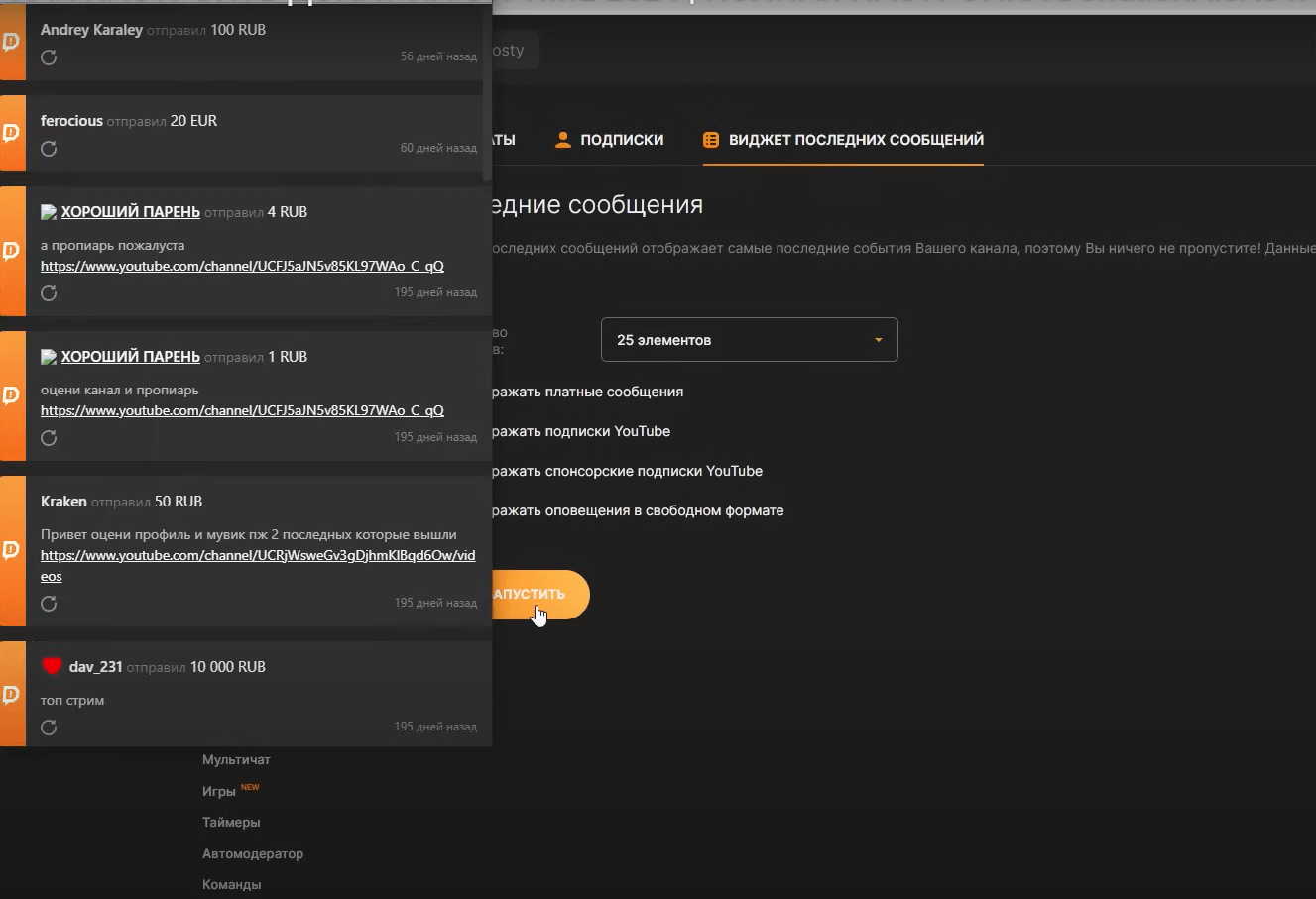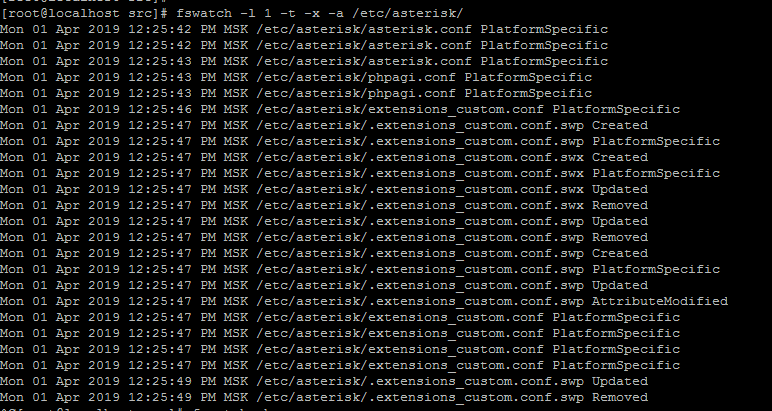How to Set Up Temperature and Server Hardware Monitoring
Monitoring temperature and server hardware is an important part of ensuring reliable operation of the server infrastructure. In this article, we will look at several software tools that will allow you to monitor the temperature and status of server hardware.
1. Installing and Configuring lm-sensors
The lm-sensors program allows you to monitor the temperature of the processor, motherboard, video card, and other server components. To install lm-sensors, run the following commands in the terminal:
sudo apt-get update
sudo apt-get install lm-sensors
After installation, run the sensors-detect command, which will determine the available sensors on your server.
2. Configuring Temperature Exceedance Notifications
To configure temperature exceedance notifications, you can use the psensor program. Install psensor using the command:
sudo apt-get install psensor
After installation, open the program and configure notifications for exceeding specified temperature thresholds.
3. Using Zabbix for Server Hardware Monitoring
For more advanced server hardware monitoring, it is recommended to use the Zabbix monitoring system. Install Zabbix on your server and configure monitoring using the web interface.
4. Comparison of Temperature and Hardware Monitoring Programs
lm-sensors provides basic temperature monitoring functionality, while psensor is convenient for setting up notifications. Zabbix, on the other hand, provides advanced server monitoring and data analytics capabilities.
The choice of program depends on your needs and level of experience in server administration. It is recommended to test various programs and choose the most suitable one for your server.
In this article, we have covered the basic steps for setting up temperature and server hardware monitoring. Maintain regular monitoring of hardware status to prevent potential failures and improve the reliability of your server.





